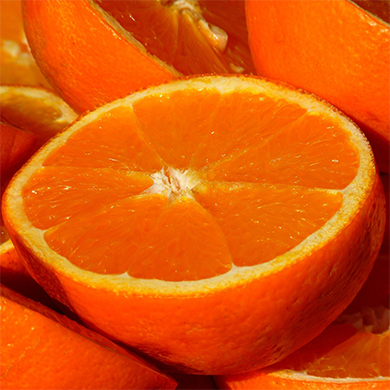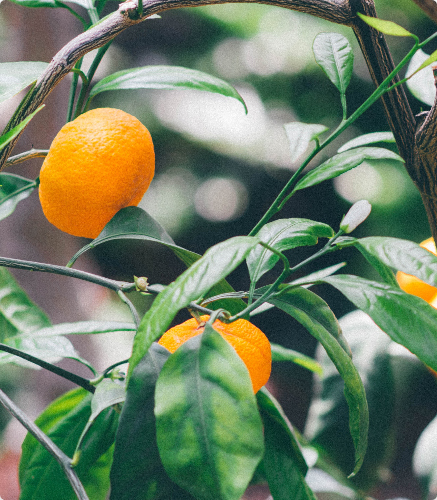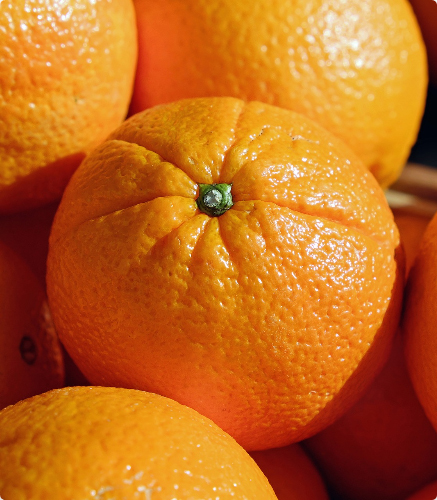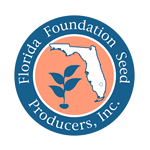Citrus fruit is Florida's signature crop, supporting a multi-billion-dollar industry with approximately 450,000 acres. Almost 90 percent of citrus grown in Florida is processed into juice, but the state also produces fresh citrus. Citrus is the most important agricultural commodity grown in Florida, with a rich history in the state and its culture.
Spanish explorers introduced citrus trees near St. Augustine in the 1500s. Just after the Civil War, the citrus industry reached a production milestone of 100 million boxes, and eventually peaked at a production of 250 million boxes in the early 2000s. Production has declined in recent years because of urbanization and devastating disease outbreaks, including huang longbing (a.k.a. HLB or citrus greening) and citrus canker. But the Florida citrus industry still thrives south of Interstate 4, with 8,000 Florida growers responsible for more than 75,000 jobs.








